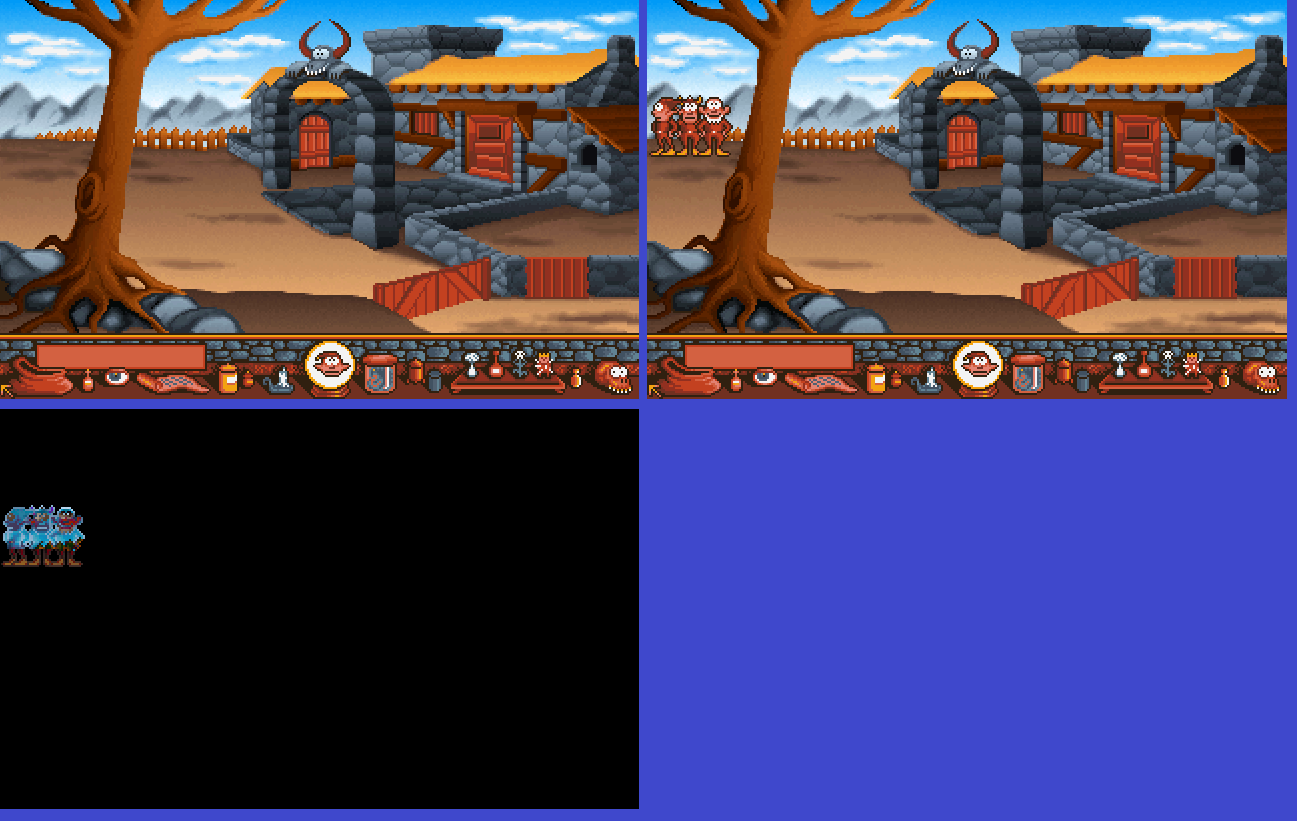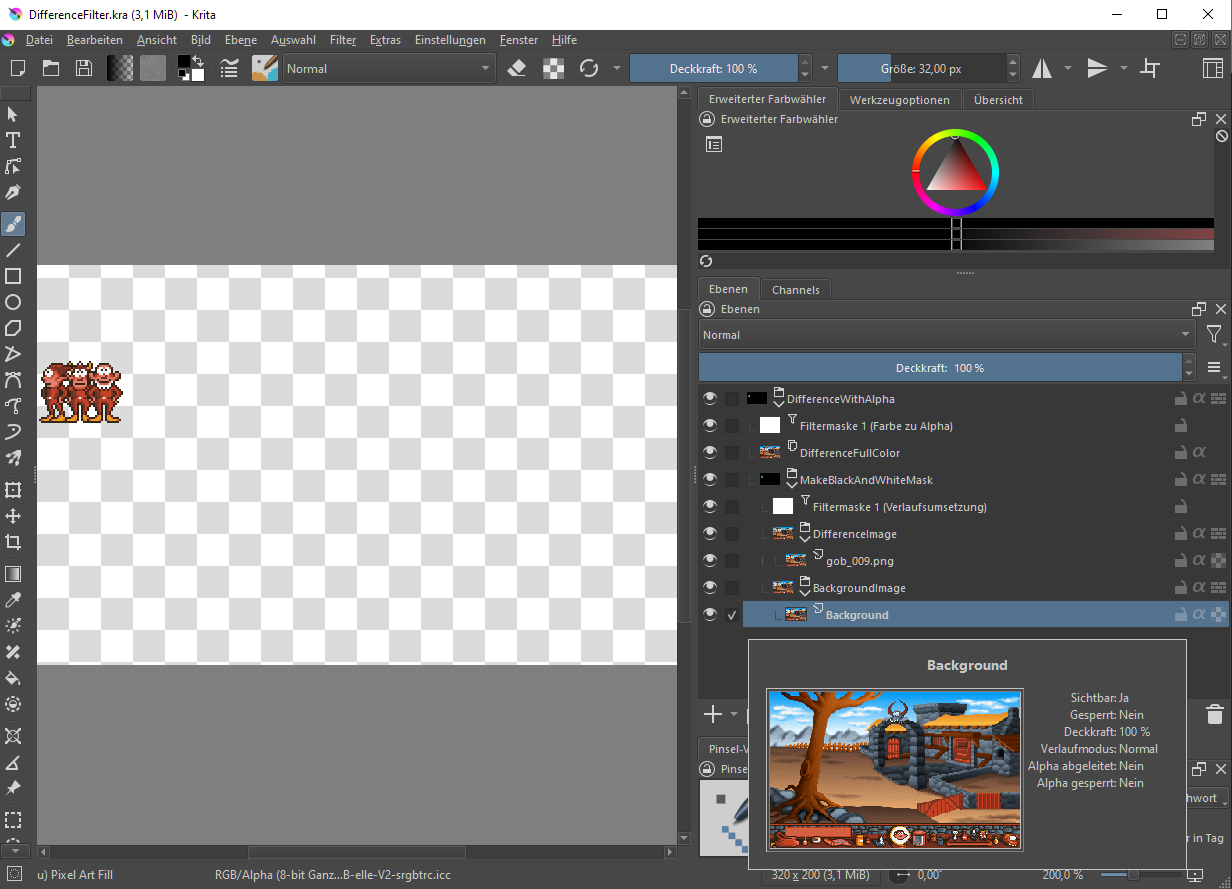I could definitely do that, but in Chapter 1, for instance, I switch between cameras quite often. This would inevitably slow down both the workflow and the pace of development even further XD.
Plus, the backgrounds cast shadows on the characters, and if I remove the backgrounds to export PNGs of the characters, they’d lose those shadows. The only alternative would be to manually cut them out in Photoshop, which is definitely not ideal.
I say this from experience—I've tried it before XD



